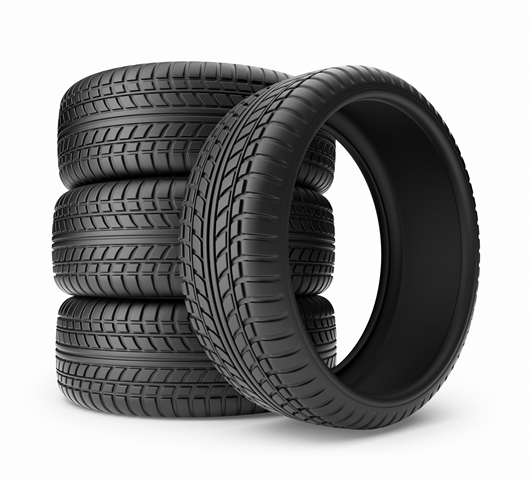In the following article we will discuss the interesting factor of tire warranties. Keep reading for facts that you should know about tire warranties!
Tire Life
One measure of when it’s time to get a new tire, for consumers, is the penny method. Place a penny in the tire’s groove, upside down and make certain that Lincoln’s head is facing you. The distance from the former President’s head’s top to the coin’s edge is roughly 2/32nds of one inch. So if “the top of Lincoln’s head shows”, you’ll need to get the tire replaced.
On the other hand, most tire makers have decided that a tire’s usable life is either six years from the purchase date or when there’s only 2/32nds of one inch of tread left. Tire retailers use a special gauge to measure tread depth. Tires bought in North America have tread-wear indicators inside the tire tread’s grooves. These wear indicators resemble small tread bars that run perpendicular to the groove. If your tire’s wear matches or has gone beyond these indicators, get ready to replace the tire.
Workmanship and Materials Warranty
This type of warranty is good if defects present themselves in the manufacturing or components in the tire. A plethora of manufacturers offers this warranty for the entire tire’s life.
Road Hazard Warranties
If you end up with a flat then road hazard warranties are important. If your tire can be repaired, the company will spare you the cost of the repair. If your tire is beyond repair, the company will prorate the leftover mileage toward a new tire’s purchase.
Prices of road hazard warranties are different depending on where you go, but they’re typically inexpensive. The warranties are a source of profit for tire shops so you’ll probably be offered one when you purchase new tires. If you are considering whether to get a road hazard warranty, think about how many occasions you’ve had a puncture or nail in your tire in the last couple of years.
Tread Life Warranties
We suspect you didn’t know this: all tire makers offer a warranty on the tire’s tread-life. Here is how they work. Almost every tire comes with an estimate of a number of mile estimate for which it will get the car’s occupants to their destinations. The estimate is based on the kind of tire and the number of miles that can be expected under normal driving conditions. You can find the estimate on the papers you get once you’ve purchased the tires.
If a tire has evenly worn out across its tread way before the estimated mileage limit, you may be able to get a replacement if you have a tread-life warranty. You will need to show proof that your tires were rotated as they should be at the suggested intervals and proof of purchase. If all this happens, a tire maker prorates the cost of a new tire based on the amount of remaining tread and price of the replacement tire.
How to Void Your Warranty
You may avoid a tire’s warranty like you can void that of a vehicle. The big one to know about is improper maintenance. If the tire maker doesn’t see proof that the tires had been inflated, rotated and aligned correctly, they will likely say “No” to your warranty claim.
We think that the money you spent on replacement or repair has likely sufficient to have made a warranty worth it. Frankly, the vast majority of people buy tires based on tire retailers’ recommendations and the tires’ price. And very few pay attention to warranties that they come with.
Article Courtesy: Thompson Hyundai
